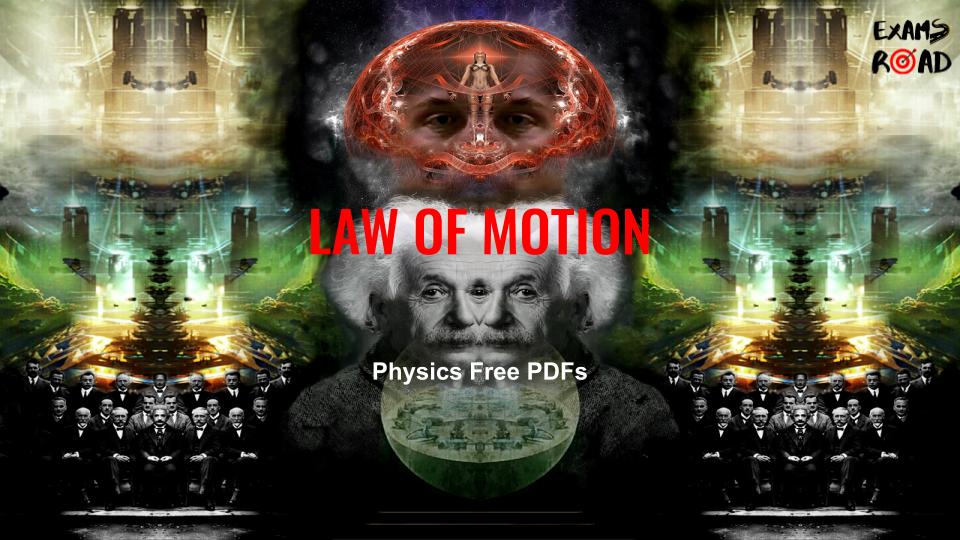MCQs on Alcohols Phenols and Ethers PDF – Objective Question & Answers
Alcohols Phenols and Ethers [CHEMISTRY NEET JEE PDF] – MCQs on Alcohols Phenols and Ethers PDF. Alcohol, phenol, and ethers are integral components of organic chemistry, playing a significant role in various chemical reactions and applications. Understanding the properties, structures, and reactivity of these compounds is crucial for students studying chemistry at both the academic and professional levels. In this article, we will delve into the world of alcohol, phenol, and ethers, exploring their unique characteristics, reactions, and practical significance in the field of organic chemistry.
MCQs on Alcohols Phenols and Ethers PDF – Click Here
- Alcohol: Alcohols are organic compounds characterized by the presence of a hydroxyl (-OH) group bonded to a carbon atom. They can be classified as primary, secondary, or tertiary based on the number of carbon atoms bonded to the carbon atom bearing the hydroxyl group. Alcohols display diverse physical properties, solubility, and boiling points, which can be attributed to the intermolecular hydrogen bonding between the -OH groups. They undergo various reactions, including oxidation, dehydration, and esterification, making them versatile building blocks in organic synthesis.
- Phenol: Phenols are aromatic compounds in which a hydroxyl group is directly attached to a benzene ring. Unlike alcohols, phenols exhibit acidic properties due to the stabilization of the phenoxide ion through resonance. This acidity makes them excellent candidates for reactions such as electrophilic aromatic substitution. Phenols also possess antiseptic and disinfectant properties, finding applications in the production of pharmaceuticals, plastics, and dyes. Additionally, they serve as important intermediates in the synthesis of various organic compounds.
- Ethers: Ethers are organic compounds characterized by an oxygen atom bonded to two alkyl or aryl groups. They can be classified as symmetrical or unsymmetrical based on the nature of the groups attached to the oxygen atom. Ethers possess unique properties, including low reactivity, low boiling points, and good solubility in organic solvents. They are widely used as solvents, anesthetics, and intermediates in organic synthesis. Ethers can undergo reactions such as cleavage, oxidation, and nucleophilic substitution, enabling the formation of more complex organic compounds.
Reactions and Functional Group Interconversions: Alcohol, phenol, and ether functional groups undergo various interconversions through chemical reactions. Some important reactions include:
- Oxidation: Alcohols can be oxidized to aldehydes, ketones, or carboxylic acids depending on the oxidizing agent used. Phenols can also be oxidized to form quinones or carboxylic acids.
- Dehydration: Alcohols undergo dehydration in the presence of an acid catalyst, resulting in the formation of alkenes. This reaction is known as the elimination reaction.
- Esterification: Alcohols can react with carboxylic acids to form esters in the presence of an acid catalyst. This reaction is widely used in the synthesis of fragrances, flavors, and pharmaceuticals.
- Williamson Ether Synthesis: Ethers can be synthesized through the reaction between an alkoxide ion and an alkyl halide under basic conditions. This reaction is known as the Williamson ether synthesis.
Applications in Everyday Life: Alcohol, phenol, and ethers have a wide range of practical applications in various industries and everyday life:
- Alcohol: Alcohols such as ethanol find extensive use as solvents, disinfectants, antiseptics, and as a fuel source. Ethanol is commonly used in the production of alcoholic beverages.
- Phenol: Phenol is utilized in the production of plastics, resins, dyes, and pharmaceuticals. It is also employed as an antiseptic and disinfectant in healthcare and household products.
- Ethers: Ethers serve as solvents in industries such as paints, coatings, and pharmaceuticals. Diethyl ether is commonly used as an anesthetic during surgical procedures.
Conclusion: Alcohol, phenol, and ethers are fundamental compounds in organic chemistry with diverse properties, reactions, and applications. Understanding their structures, reactions, and practical significance is essential for students and professionals in the field of chemistry. By grasping the concepts discussed in this article, readers can develop a solid foundation in organic chemistry and appreciate the importance of alcohol, phenol, and ethers in various chemical processes and everyday life.
Free Download – MCQs on Alcohols Phenols and Ethers PDF
Topic-wise Chemistry MCQs Free Objective PDF |
Download Now |
Topic-wise Physics MCQs Free Objective PDF |
Download Now |
Topic-wise Biology MCQs Free Objective PDF |
Download Now |
Topic-wise Mathematics MCQs Free Objective PDF |
Download Now |
Thank You,
Team ExamsRoad.com
In Association with ExamsRank.com



















